Research shows that home heating accounts for over 70% of household energy consumption. Ensuring your home is warm enough and being able to reduce your energy bills is something most homeowners struggle with.
We understand how frustrating and overwhelming high utility bills can be, which is why we’ve come up with essential tips on how you can keep your home cozy and warm in winter without spending a fortune.
Essential Tips to Keep Your House Warm During Winter
Here are some tricks and tips to stay warm during winter.
1. Seal off Any Cracks and Crevices
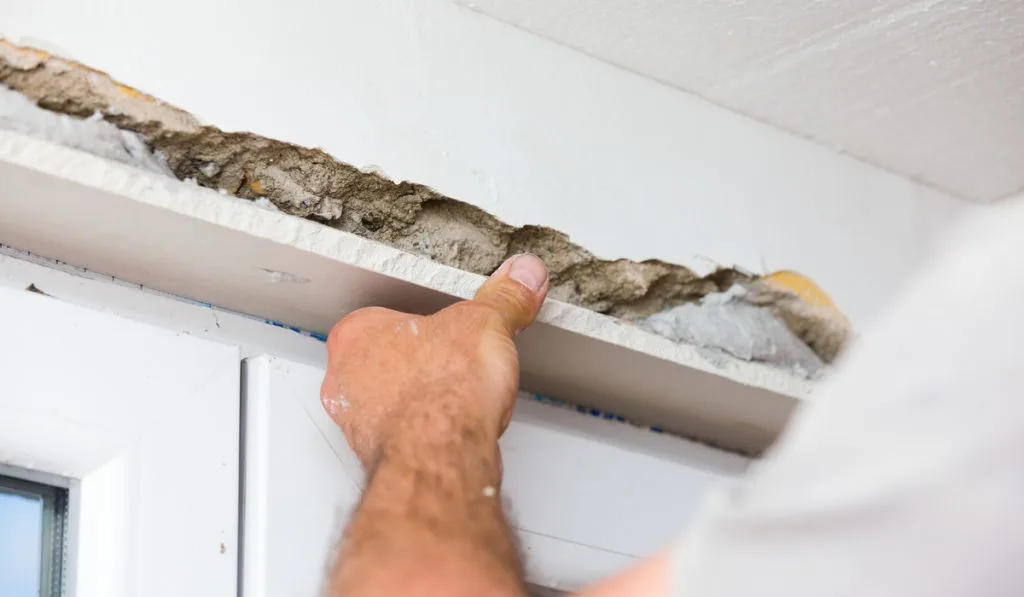
Small cracks tend to let in cold air, especially around doors and windows. While you may be heating your home regularly, you may still feel cold and end up spending a lot on heating bills.
Start by blocking drafts with thick material and seal any cracks with tape.
Don’t forget that air leaks can also be in your kitchen hood vents, basements, and attics. Find those tiny leaks and use caulking to seal them off. Foil-faced duct tape is another option that you can use to seal up any leaks.
2. Trap Heat on Your Floors
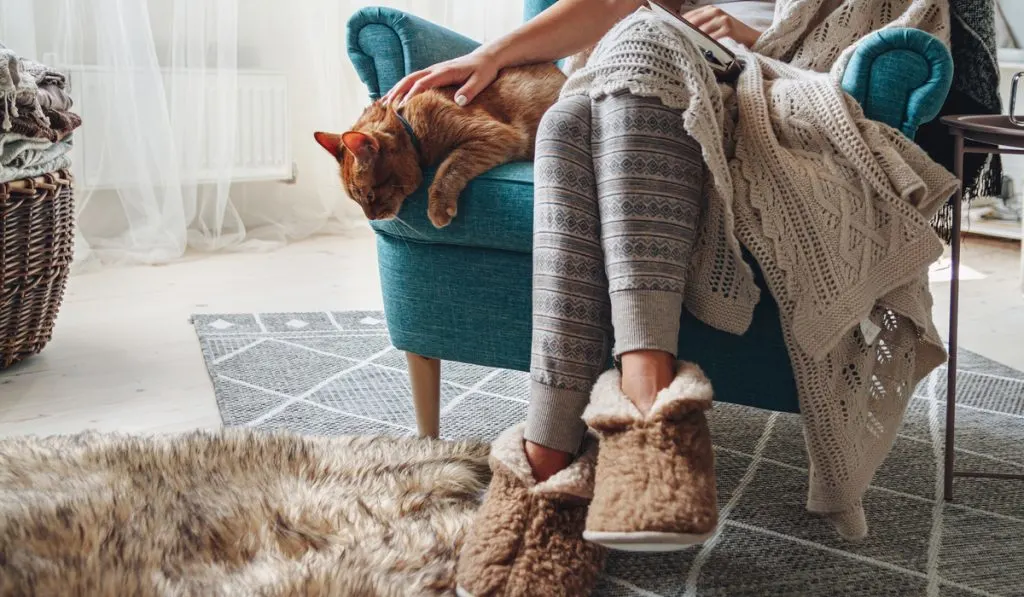
Tile and wood floors can get very cold during winter. Additionally, uninsulated floors can lead to a home’s heat loss.
You can reduce heat loss by adding rugs and carpets to your living space. They will help keep your room warm and cozy.
Investing in radiant floor heating can also keep your home warm during the cold season. This type can be electric or hydronic. The electric one uses unique cables that become hot when the electricity goes through them, while the hydronic one uses a pipe network to distribute hot water.
Radiant heating gives off heat underneath your feet and costs you less to warm your living space. Although the initial investment will be high, over time you’ll save on energy bills.
3. Maximize Your Insulation
If you’ve lived in an old home a for long, dealing with aging materials can be a hassle.
Upgrade Your Windows
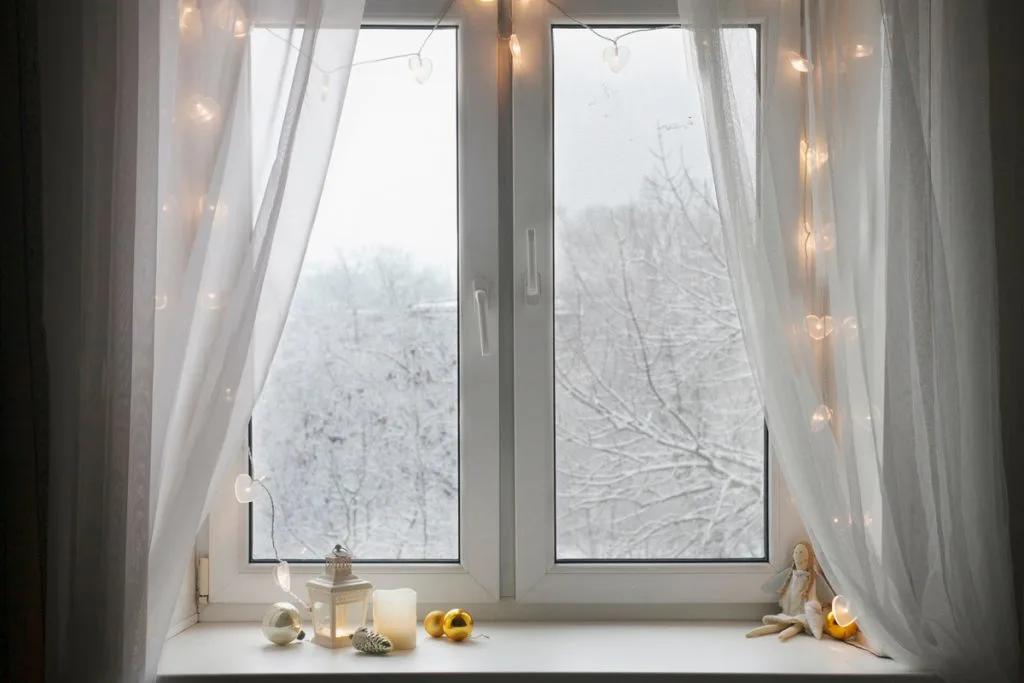
Heat loss often happens on windows. Although you may want to upgrade to triple pane windows in the future, you should consider certain tricks that will help with heat loss and ensure your home is warm.
Apart from checking for leaks and gaps like mentioned above, you also need to install a window film on the windows that pass the cold.
Note that you won’t be able to open/close the windows once you install the window film.
Add Drapes
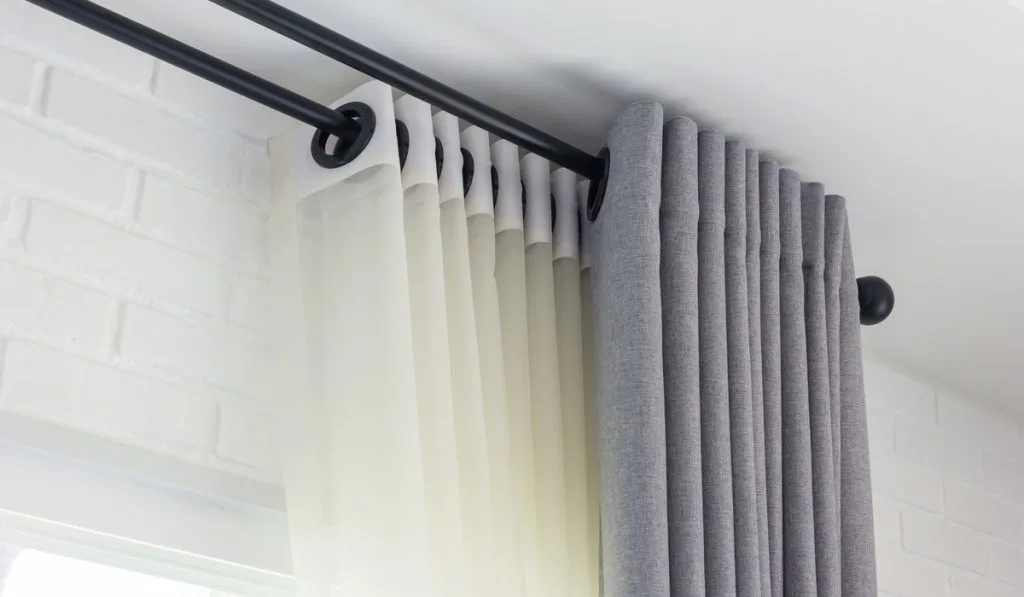
Adding heavy drapes and curtains can help trap cold air between the window and fabric. You can also keep the blinds down. If you don’t want to spend a lot on curtains, you can line the ones you have with thicker materials you can buy in bulk, such as felt or fleece.
Replace Weather Stripping
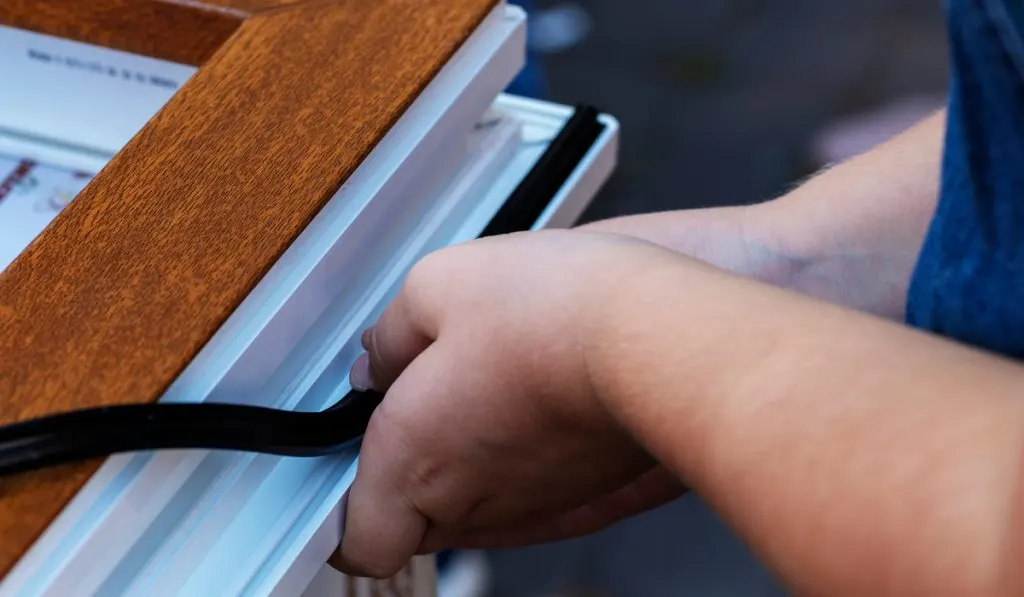
Consider replacing the weather stripping around doors and windows if you notice a draft even with the doors shut firmly. Keep the cold air by installing a brush if your draft is under the door.
Insulate Water Tank and Pipes
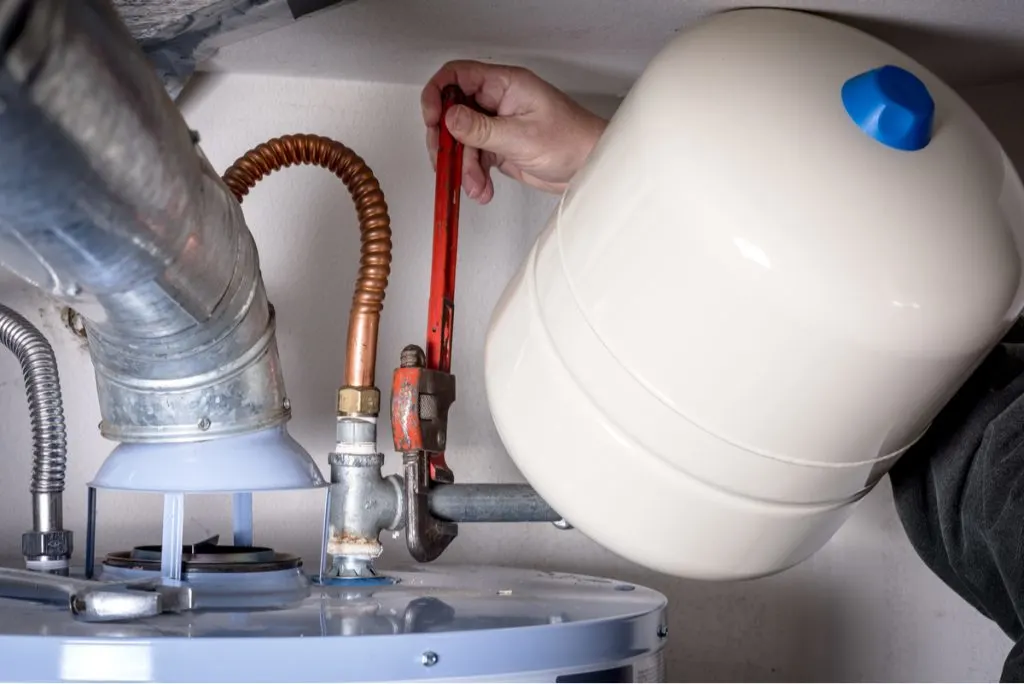
Don’t forget to insulate radiator pipes/hot water to avoid losing heat in a crawl space. Put pipe insulation along the bottom of an interior or exterior crawlspace door to reduce drafts.
Insulating your hot water tank can also help save energy. Get a hot water tank jacket on an uninsulated jacket that is 75mm thick.
Add Insulation to Your Garage Door
Garage doors are big and when left open can leave your home cold. Consider adding insulation to your garage door to trap any cold air and keep the warm air inside.
4. Use a Programmable Thermostat
Some homeowners struggle with their heat rapid cycling, which occurs when a heating system fires on and off quickly. You may notice that a few thermostats have a heat anticipation feature that’s designed to maintain a near-constant room temperature.
Programming an electronic setback thermostat to act when there’s a degree drop forces the heater to go into a rapid cycle. That means it fires every 2-3 minutes for it to maintain temperature.
You can stop rapid cycling by ensuring the cycle-rate adjustment in the thermostat reads from 1-1.5 degrees. Move it higher if you wish, but allow it to cycle for 24 hours before adjusting.
With a programmable thermostat, you can preset temperatures at varying times during the day rather than leaving the thermostat on round the clock.
A programmable thermostat works both with heat and air conditioning. You only need to choose a higher setting when around your home and select a lower setting when away or when sleeping. That will save 20% of your bill.
A few programmable thermostats have four temperature settings, morning, day, evening, and night with an override switch.
5. Close Any Unused Rooms
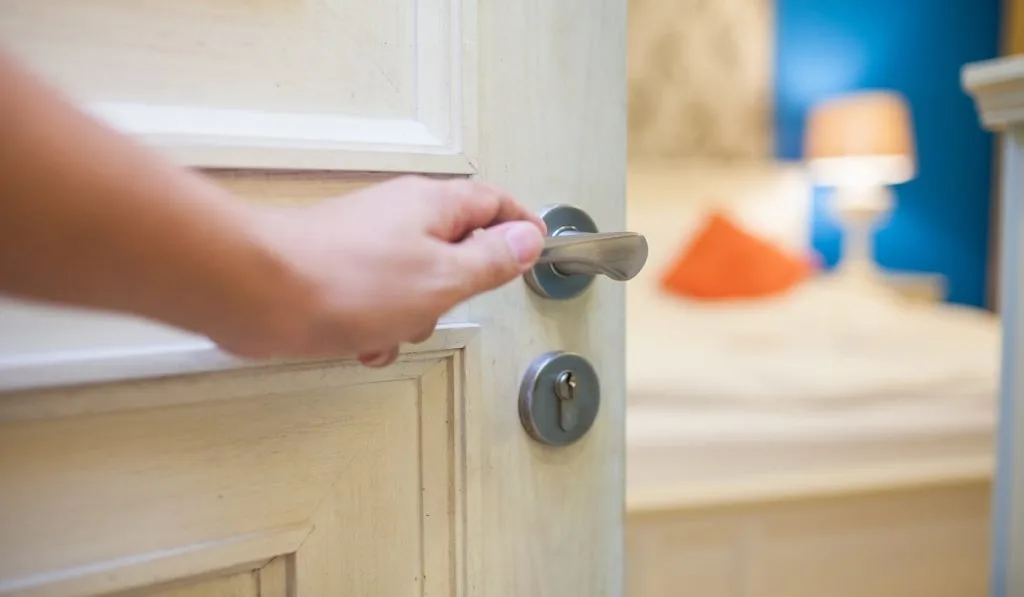
If you have any unused rooms, keep the doors closed to prevent heat loss. Refrain from heating unused spaces. Closing unused spaces like laundry rooms, guest rooms, and storage spaces ensure that cold air doesn’t move into the rest of the house.
You’ll be able to trap warm air in the open space and reduce your heating bills.
6. Ensure Your Heating Unit Is Well Maintained
Having an unmaintained heating unit means you might end up with a system that’s working harder and consuming more energy.
A maintained unit ensures your home is warm during winter and saves you money in heating and repair costs.
7. Replace Your Heating Unit
If you’ve had your water heater or boiler that over 10 years, you should consider replacing it with a more efficient model.
An old unit might not heat your home well and you may have to deal with frequent repairs in the long run.
8. Seal Off the Chimney
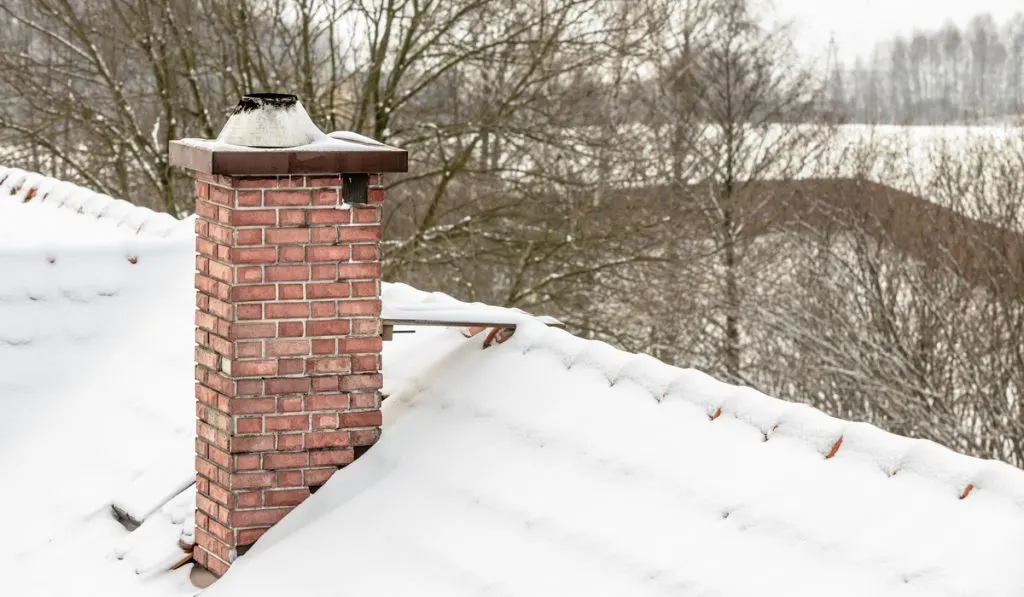
Most homes have a chimney that is no longer used to vent smoke.
Unfortunately, a chimney can let in both cold and hot air at the same time. Statistics show that homeowners lose 4% of their heat through the chimney.
Avoid leaving your chimney open unless you’re using it to vent the fireplace. Seal an unused chimney with a chimney balloon to prevent the warm indoor air from escaping. A draught excluder is another excellent option to seal off the chimney. Both options can be removed on those nights when you want to enjoy a romantic fire in the fireplace, and replaced after the fire is extinguished.
9. Rearrange Your Furniture
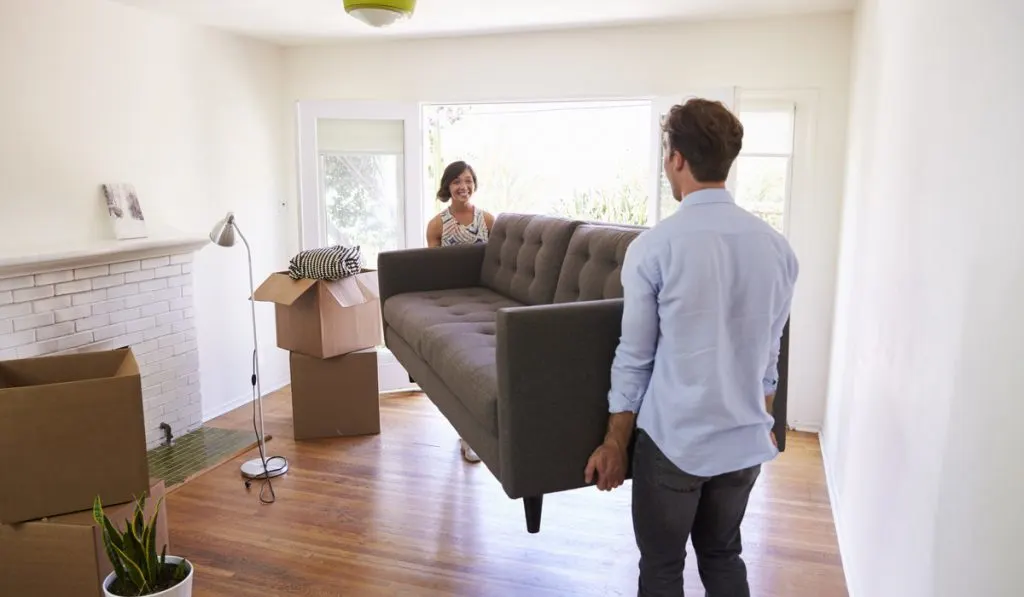
You can also keep your home warm during winter by rearranging your furniture.
Most furniture items like sofas or big cabinets can block heat or trap it when they are placed near heating vents or radiators. Additionally, exposing your furniture to heat consistently may end up damaging it over time.
Don’t place furniture directly in front of heat sources, especially large items such as sofas or loveseats. You can place them near the registers or radiators, but ensure they are not blocking the movement of heat into the greater room space.
10. Run the Ceiling Fan in Reverse
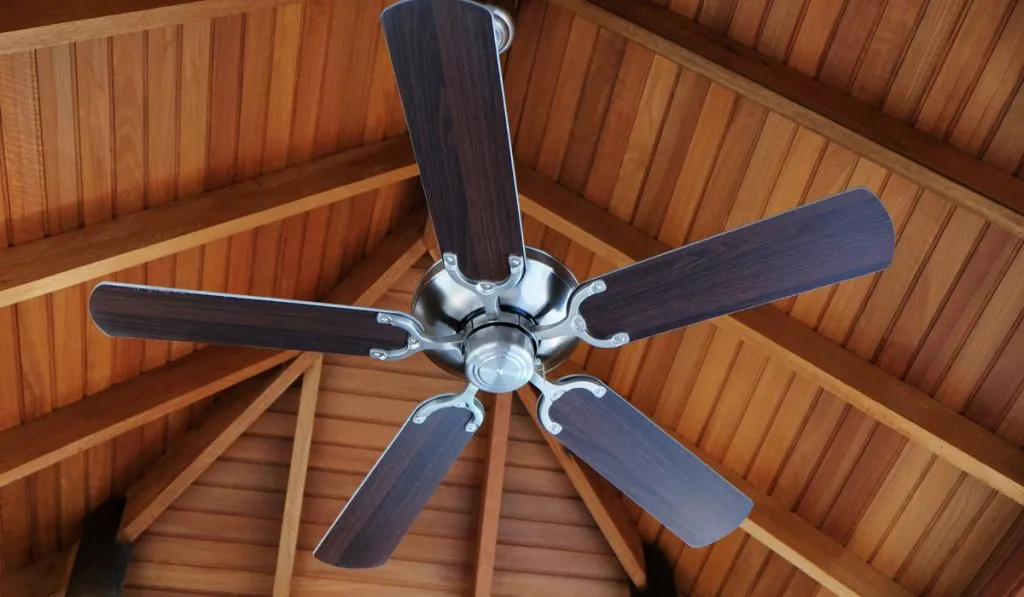
Did you know that your ceiling fan can come in handy during winter?
Running the ceiling fan in reverse draws the dense, cool air from the bottom part of the room and sends the warm air trapped around the ceiling down to the entire room.
Any warmth produced by a central heating system is brought down and keeps the house warmer.
11. Increase the Humidity Levels in Your House
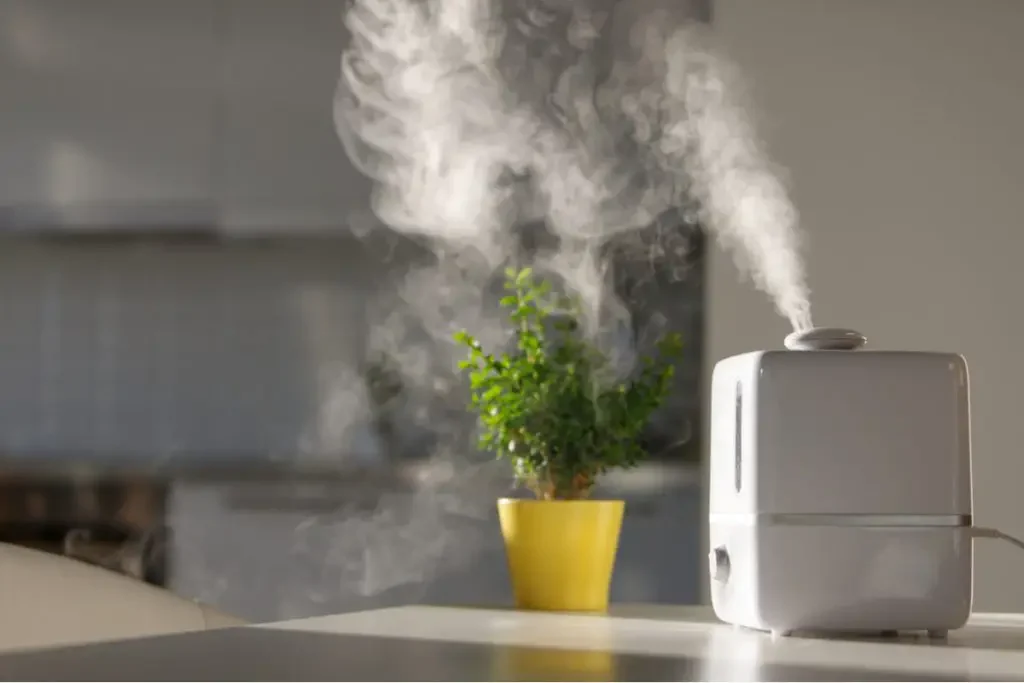
Increasing humidity levels add moisture to the air, which contributes to an increase in temperature.
You can place a water tub in the middle of the living room or invest in a humidifier to increase humidity in the air. Another way to increase humidity is to shower with the bathroom door open, allowing the moisture to move into the living spaces.
12. Allow the Sunlight in During the Day
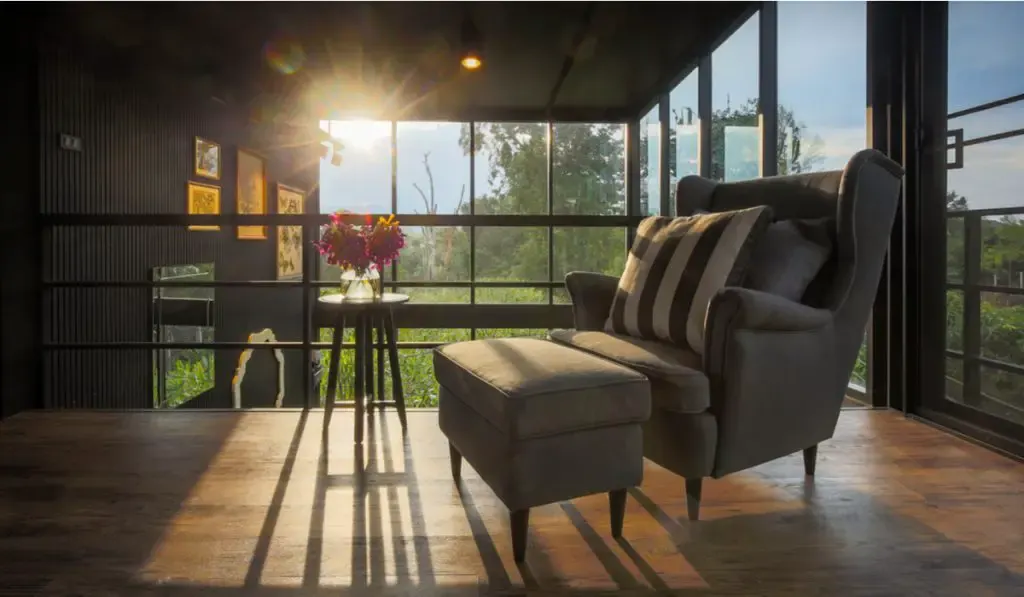
If the sun shines during the day, allow it in as much as you can. Open up your blinds, curtains, and window shades. Close them once the sun sets to ensure your house retains and traps that heat.
13. Invest in Radiator Panels
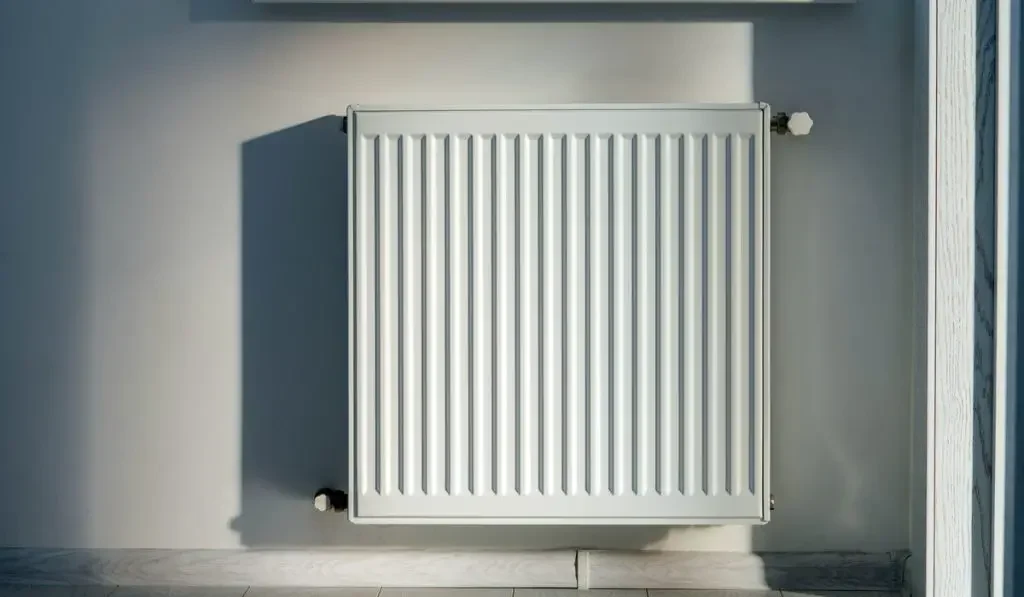
Radiator panels are designed to reflect the heat from your radiator back to the room. They help maximize the transfer of heat into the living space.
14. Get a Space Heater
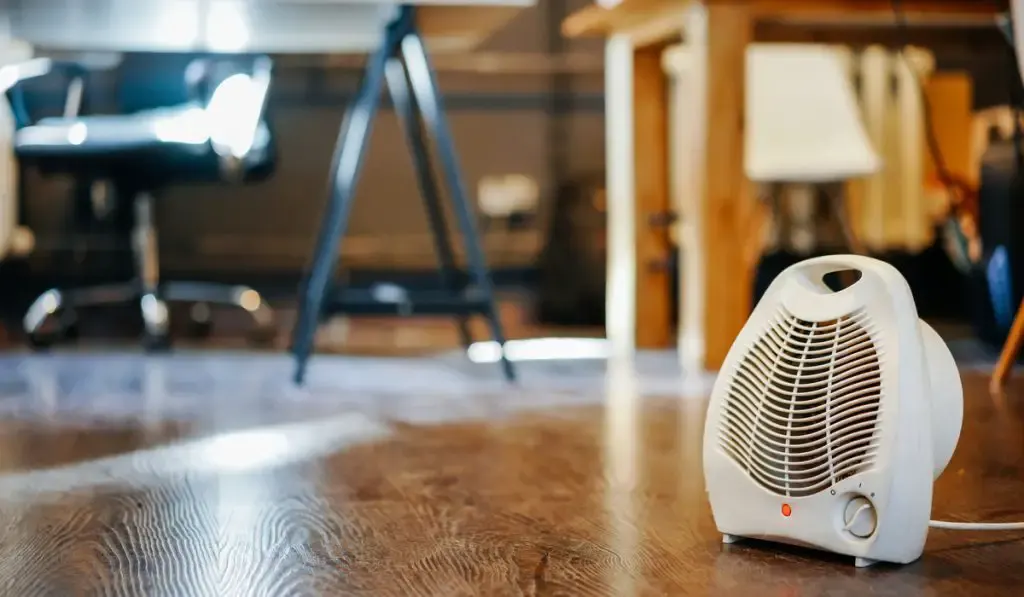
Space heaters are an energy-efficient way to heat a small space. They are perfect for homes without central heating or those with poor insulation.
Ensure you find a space heater that also has a fan to distribute heat. Check if the heater has a sensor that can tell when the system overheats and shuts it off.
Remember to disconnect the space heater when it’s not in use. Also, avoid using the space heater in a room that’s too small or too big, or in close proximity to furniture, paper, or clothing.
Final Thoughts
Heating your home doesn’t have to be expensive and tedious. With our handy tips, you can quickly warm up your living space and make it cozy for you and your family.
Sources
- https://www.energystar.gov/campaign/seal_insulate/identify_problems_you_want_fix
- https://www.hivacair.com/article/a-comprehensive-guide-to-keeping-your-home-warm-during-the-winter
- https://www.bbc.com/news/magazine-24757144
- https://www.thisoldhouse.com/heating-cooling/21015334/how-to-reduce-home-heating-costs
- https://www.familyhandyman.com/list/unexpected-ways-to-keep-your-house-warm-this-winter/
- https://justenergy.com/blog/how-to-keep-your-house-warm-in-winter-10-tips-to-stay-cozy/
